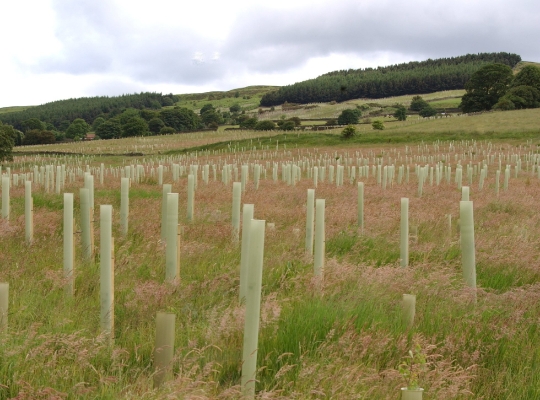The provenance of tree seed or stock refers to its geographical origins. Choosing the appropriate tree species and provenance for the site characteristics and local climate is a key management decision.
However, provenance choice for a changing climate is complex, uncertain and the approach is likely to be different for sites where the main objective is timber production compared to those with primarily conservation objectives.
It is important to note that while some trials and demonstrations have been started there is insufficient long-term evidence and there is no certainty about provenance choice. Climate change research is ongoing and therefore we recommend you regularly check official advice from Forest Research and other official research bodies.
Provenance choice will also be influenced by site objectives as highlighted below:
The UKFS guidelines on forests and climate change advise the consideration of a wider range of tree species than has been typical of past planting and consider the use of planting material from more southerly origins. This use of planting material from more southerly origins is a type of ‘assisted migration’, which can involve both native and non-native species.
The UKFS guidelines on forests and biodiversity state that: ‘when planting native species and native woodlands, it is generally best to use well-adapted local or regional origins from similar elevations’. Assisted migration of provenances may not be suitable.
For further advice see the UKFS Practice Guide ‘Adapting forest and woodland management to the changing climate’.
Printed copies are available to purchase from Forest Research.
"*" indicates required fields

The following risks may be reduced if the adaptation measure is applied appropriately:
This case study of a family estate in Sussex includes an example of assisted migration of native species in 23 hectare Gipps Wood.
To help select the right species for the right site, the Forest Research tree species database contain information on a wide range of trees including provenance, site requirements and risks of pests and pathogens.